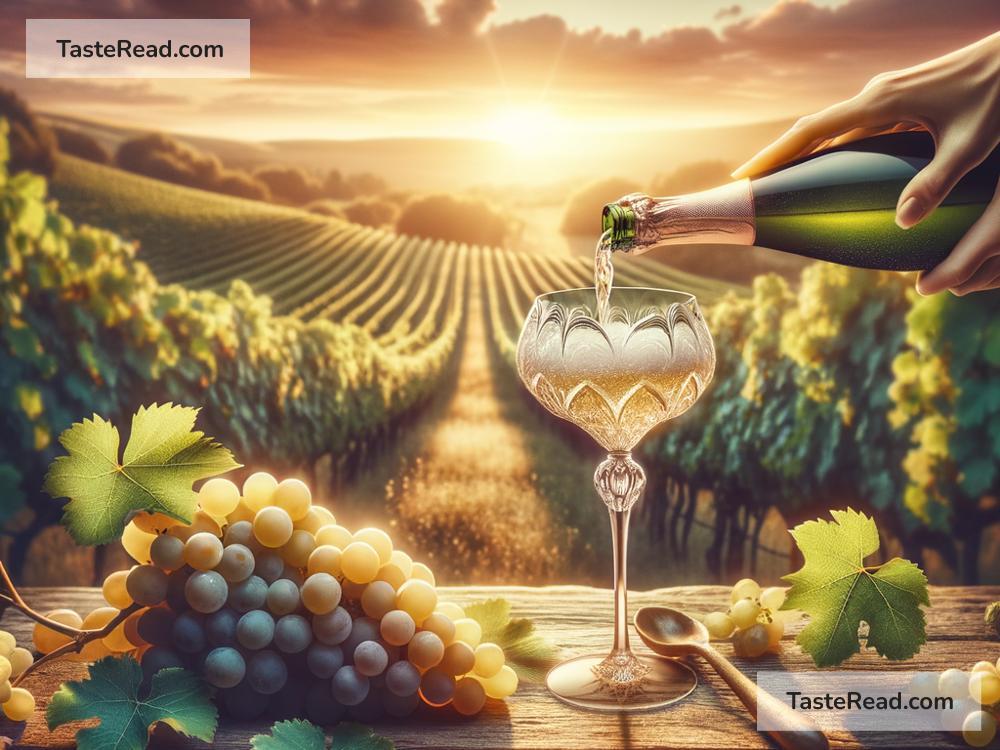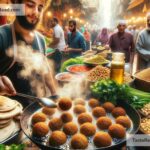The Story of Champagne: A Sparkling Journey
When you think of celebrations—be it weddings, New Year’s Eve, or milestones—one thing often comes to mind: champagne. This fizzy, sparkling drink has become a universal symbol of happiness and success. But have you ever wondered where champagne comes from or how it became so famous? The story of champagne is one of history, nature, and innovation, and it all starts in a small region of France.
Birthplace of Champagne: The Champagne Region
Champagne isn’t just a fancy name for any sparkling wine. It’s the name of a specific region in northeastern France. The Champagne region has the perfect soil and climate for making high-quality grapes that are used to produce this iconic drink. By law, only sparkling wine made in this area can be called “champagne.”
The region’s history with winemaking goes back thousands of years. The Romans planted the first vineyards there around the 5th century. However, sparkling wine didn’t exist yet. For a long time, the wine made in Champagne was still wine, meaning it didn’t have bubbles. It wasn’t until much later that champagne as we know it came to life.
The Sparkle Was an Accident
The story of champagne’s bubbles is full of surprises. In the early 1600s, winemakers accidentally found that sometimes wine bottles would develop bubbles inside. At first, this was considered a problem—something that ruined the wine. Bottles would break under the pressure of the fizz, and many workers in cellars were injured by exploding bottles. No one knew what caused wine to “accidentally” sparkle at that time.
In fact, English scientists were the first to figure out why wine sparkled. They discovered that sealing wine in bottles while it was still fermenting trapped the carbon dioxide inside, creating bubbles. While the English experimented with sparkling wine further, it was in Champagne that this “happy accident” became a celebrated tradition.
The Role of Dom Pérignon
One of the most famous figures in champagne history is Dom Pérignon, a French monk who lived in the 1600s. While people sometimes credit him with “inventing” champagne, the truth is that he didn’t invent the bubbles—it was already happening naturally. What Dom Pérignon did do was improve the process of making sparkling wine.
Dom Pérignon worked tirelessly to perfect the blend of grapes used to make champagne. He experimented with growing different kinds of grapes and improved techniques for reducing impurities in the wine, making it smoother and tastier. He also helped develop stronger bottles that wouldn’t break under pressure. Although he didn’t single-handedly create champagne, his efforts laid the foundation for the high-quality drink we enjoy today.
Champagne Goes Royal
In the 1700s, champagne began to grow in popularity, especially among European royalty. King Louis XIV of France, also known as the Sun King, was one of champagne’s biggest fans. His love for the sparkling wine helped make it fashionable and desirable. Soon, champagne became a drink associated with wealth, luxury, and power.
By the 19th century, champagne was no longer just for royals—it had become a worldwide sensation. Thanks to the industrial revolution, transportation improved, and champagne could be shipped to more countries. Wealthy families, entrepreneurs, and winemakers in the Champagne region began building famous brands like Moët & Chandon, Veuve Clicquot, and Bollinger, ensuring the drink’s global success.
The Challenges of Making Champagne
Making champagne is no easy task. Winemakers in the Champagne region follow strict rules to give their product its iconic taste and fizz. The process starts with carefully growing three types of grapes: Chardonnay, Pinot Noir, and Pinot Meunier. Grapes are hand-picked and pressed gently to make sure the juice is pure and perfect.
Once the juice has fermented, it is bottled along with a small amount of sugar and yeast for a second fermentation. This stage is what creates the bubbles. Bottles are stored in cool, dark cellars for several months or even years. During this time, winemakers carefully turn the bottles to improve their texture and flavor. After fermentation, the bottles are uncorked, and sediment is removed. Finally, a little extra sugar is added to fine-tune the taste.
Champagne Today: More Than Just a Drink
Today, champagne is much more than just sparkling wine. It’s a cultural icon that represents joy, celebration, and elegance. People pop bottles of champagne to toast achievements, express love, or simply enjoy a special moment.
The Champagne region has become a UNESCO World Heritage Site, recognizing its unique contribution to history and culture. Tours of vineyards and cellars in Champagne attract visitors from all over the world who want to learn more about the drink’s fascinating story.
Despite being a symbol of luxury, champagne also has a sense of magic. When you open a bottle, the festive “pop” and rising bubbles instantly bring a smile to people’s faces. It reminds us to treasure the good times and celebrate life’s small and big wins.
Conclusion
Champagne’s story is one of innovation, perseverance, and tradition. From accidental bubbles to meticulous winemaking, this sparkling drink has captured the hearts of people everywhere. So the next time you raise a glass of champagne, remember its journey—from the vineyards of France to the celebration in your hands—and toast to its rich history that forever bubbles with joy. Cheers!


